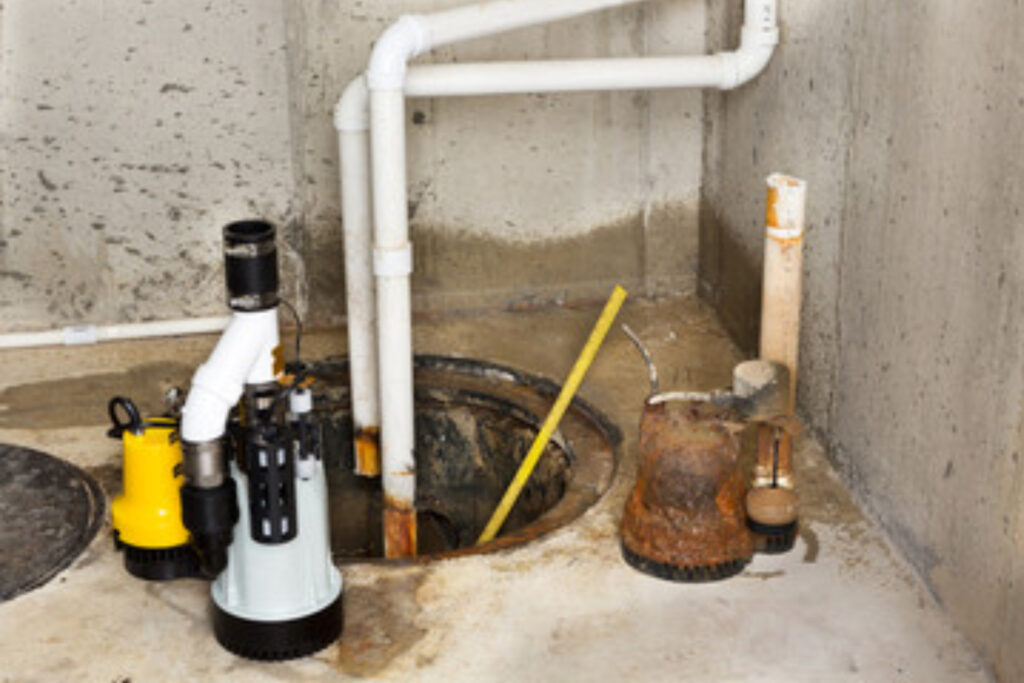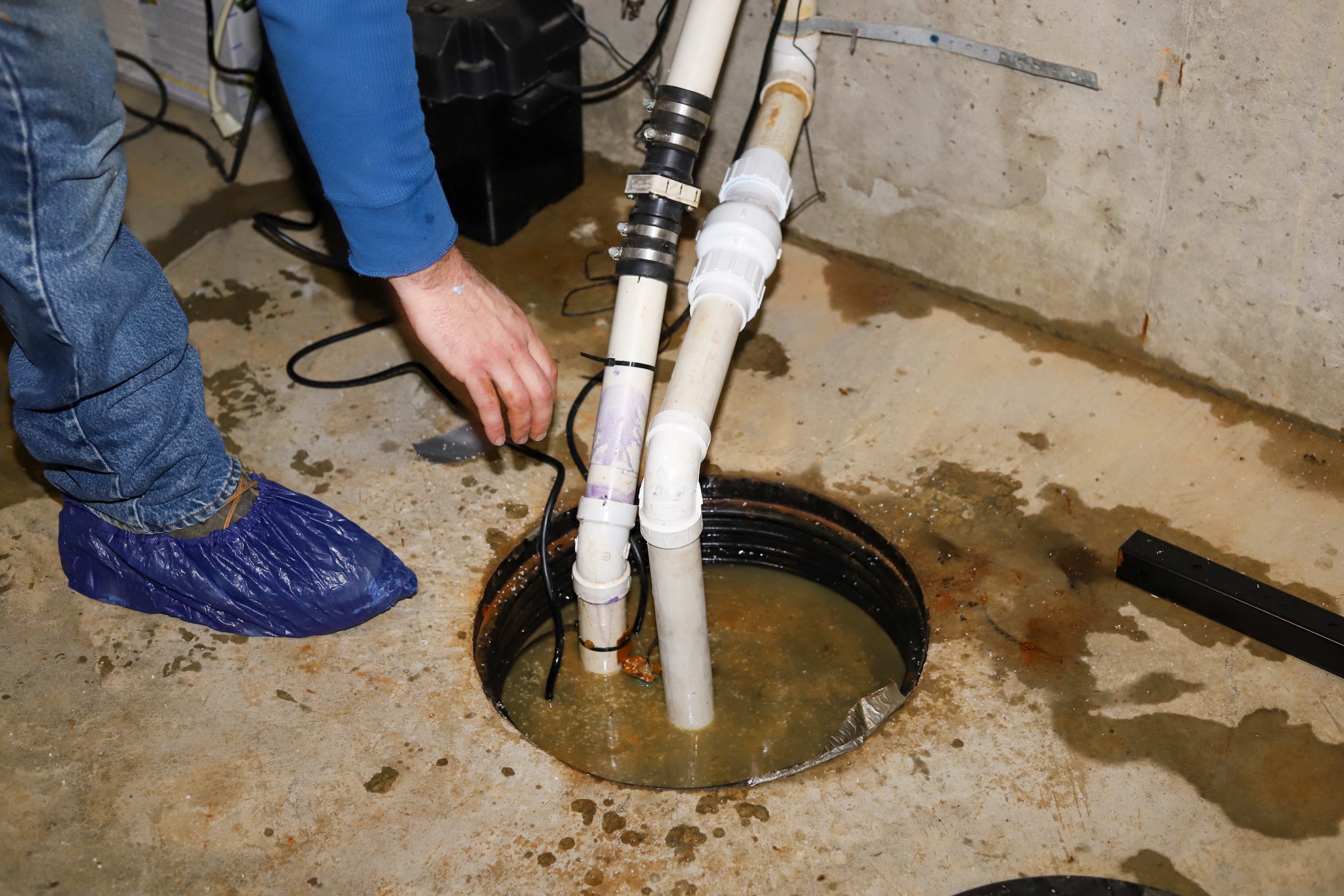The content further down about Cleaning & Maintenance Tips for Your Home's Sump Pump is pretty much informative. Have a go and make your own ideas.

Sump pumps are essential parts in lots of homes, especially in locations vulnerable to flooding or too much moisture. They assist protect against water damages by effectively removing excess water from cellars or crawl spaces. Nonetheless, like any other appliance, sump pumps call for regular maintenance to ensure they function effectively when required the most. Cleansing your sump pump is an essential part of its upkeep, and comprehending just how to do it properly can conserve you from expensive repair work and possible catastrophes.
Introduction
Maintaining a clean sump pump is vital for its proper functioning and durability. Disregarding this important task can lead to blockages, breakdowns, and inevitably, water damage to your residential or commercial property. Consequently, learning exactly how to cleanse a sump pump is vital for home owners that rely on these gadgets to keep their basements completely dry and safeguarded.
Comprehending the Sump Pump
Before diving into the cleansing procedure, it's necessary to have a standard understanding of how a sump pump works. Typically mounted in a pit or container below the basement flooring, a sump pump consists of a number of essential components, consisting of a pump, a float switch, and a discharge pipe. When water collects in the pit, the float button turns on the pump, which after that pumps the water out via the discharge pipe, away from the building's foundation.
Indications of a Dirty Sump Pump
Recognizing when your sump pump needs cleansing is essential for preventing prospective malfunctions. Some usual indications that indicate a filthy sump pump consist of unusual sounds during operation, lowered water circulation, and noticeable particles in the pit. If you notice any of these symptoms, it's essential to cleanse your sump pump quickly to avoid any kind of more issues.
Planning for Cleansing
Prior to you start cleaning your sump pump, it's important to take some security preventative measures. Begin by shutting down the power to the pump to prevent any type of electric accidents. In addition, use ideal safety gear, such as gloves and goggles, to protect yourself from dust, debris, and potential pathogens.
Detailed Overview to Cleaning Up a Sump Pump
Shutting Off the Power
Begin by disconnecting the power supply to the sump pump to stop any kind of crashes while cleaning.
Removing Debris and Dirt
Utilize a pail or an inside story to eliminate any type of visible debris, dust, or sediment from the sump pit. Dispose of the particles appropriately to stop it from clogging the pump or the discharge pipe.
Cleansing the Pump and Float Switch Over
When the pit is clear of particles, meticulously remove the pump from the pit. Check the pump and the float button for any type of indicators of damage or wear. Make use of a soft brush or fabric to clean up the surface areas and remove any kind of collected gunk.
Flushing the System
After cleaning up the pump and float button, purge the sump pit with tidy water to eliminate any kind of remaining dust or sediment. This will certainly assist ensure that the pump operates efficiently and effectively.
Checking for Correct Performance
Before re-installing the pump, carry out a quick test to make certain that the float button turns on the pump properly. Pour some water right into the sump pit and observe the pump's operation. If whatever is working properly, you can reconstruct the pump and reconnect the power supply.
Maintenance Tips to Maintain Your Sump Pump Clean
Along with regular cleaning, there are several maintenance ideas you can comply with to keep your sump pump in optimal problem:
Conclusion
Cleansing your sump pump is a crucial facet of its upkeep and guarantees that it operates efficiently when you need it one of the most. By complying with the steps described in this overview and incorporating routine maintenance into your regimen, you can extend the lifespan of your sump pump and safeguard your home from water damage.
6 STEPS ON HOW TO CLEAN A SUMP PUMP PROPERLY
UNDERSTANDING SUMP PUMPS
Your sump pump plays a crucial role in protecting your home by managing and removing excess water. It primarily functions as a “shield”, guarding your basement against the damaging effects of water accumulation. The pump is housed in a sump pit in the lowest part of your basement, and its job is to pump out any water that collects there.
During heavy rainfalls or when snow melts rapidly, water can infiltrate your basement, posing potential risks like flooding, structural damage, and harmful mold growth. Here, the sump pump springs into action, pumping out the intruding water and directing it away from your home.
SAFETY FIRST
Before cleaning, remember to prioritize safety. Disconnect the sump pump from the power source to prevent any accidental electric shocks. Also, wear sturdy gloves to protect your hands from any sharp or dirty components within the pump.
REMOVE THE SUMP PUMP
After ensuring your safety, the next step is to remove the sump pump from its pit. Doing this might require careful maneuvering as you don’t want to damage any pump components. Once removed, clean the sump pit to remove any accumulated debris or sludge.
INSPECT THE PUMP
Inspect the pump for any visible signs of wear or damage. Check the power cord, float switch, and impeller housing. If any components look worn out or damaged, consider replacing them to ensure optimal performance.
CLEAN THE PUMP
Thoroughly clean the pump with warm, soapy water. Make sure to rid it of any dirt, gravel, or other debris that might impede its performance. You can use a toothbrush to clean the small, hard-to-reach parts of the pump.
REINSTALL THE SUMP PUMP
Reinstall the pump into the sump pit Make sure it’s positioned correctly to remove the water effectively Once it’s back in place, reconnect it to the power source TEST THE PUMP
Finally, pour some water into the pit to ensure the pump works correctly. It should start automatically and begin pumping out the water; if it doesn’t, check the power source and the positioning of the pump.
Remember, while cleaning your sump pump is an essential part of home maintenance, hiring a professional plumber for a thorough inspection and cleaning at least once a year is also important. This will ensure that your pump is in optimal condition, ready to protect your home from potential water damage.
BEST PRACTICES FOR CLEANING SUMP PUMP DISCHARGE PIPES
Regular Inspection: Regularly inspect your discharge pipes, especially during heavy rainfall or snowmelt periods. Look for any signs of blockage or damage. Early detection of problems can prevent serious issues down the line. Periodic Cleaning: Over time, sediment and debris can accumulate in the discharge pipes, impeding the flow of water. Regular cleaning helps keep the pipes clear and functioning efficiently. You can use a high-pressure water jet to effectively clean the pipes. Insulation During Winter: In colder climates, discharge pipes can freeze, blocking the outflow of water. Protect your discharge pipes from freezing temperatures by insulating them with foam pipe insulation. This will ensure the sump pump can continue to discharge water even in freezing conditions. Proper Positioning: The discharge pipe should be positioned to direct water away from your home’s foundation. Improper positioning can lead to water seeping back into the basement. Ensure the pipe is long enough and angled correctly. Installation of a Check Valve: A check valve prevents water from flowing back into your sump pit after the pump has pushed it out. Installing a check valve helps maintain the efficiency of your sump pump and reduces the risk of flooding. Minimize Pipe Turns: Every curve or turn in the discharge pipe can decrease the efficiency of water flow. By minimizing turns and bends in your discharge pipe, you can increase the efficiency of your sump pump. https://www.fullspeedplumbing.com/how-to-clean-a-sump-pump-properly9999/

I stumbled upon that entry on How To Effectively Clean A Sump Pump while perusing the web. For those who enjoyed our blog posting plz be sure to share it. Thanks so much for going through it.
Call Today